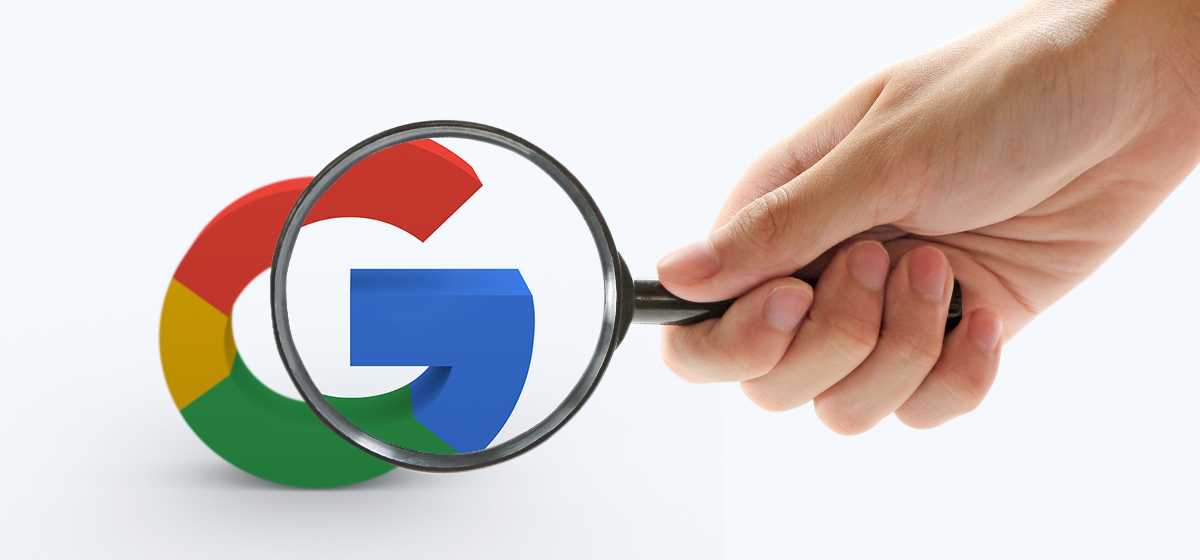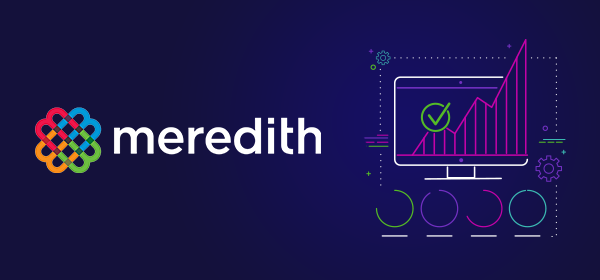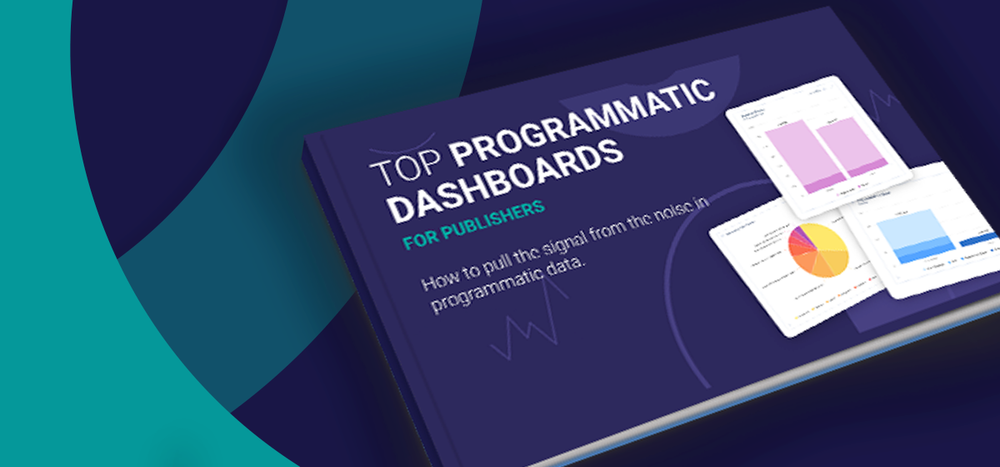In March, Google announced that it will be shifting its programmatic exchange and ad server, Google Ad Manager (previously known as AdX and DFP, respectively), to a first price auction model. As part of this move, Google will run a single, unified auction and abandon its “last look” practice which was a preferential spot in its ad stack, allowing it to outbid other exchanges.
The transition will occur in several phases over the coming months, with the full roll-out expected in late 2019. The changes will only affect display and video inventory sold via Ad Manager—other Google properties, including AdSense and YouTube, will remain as second price auctions.
As Google is one of the biggest players in the digital advertising industry and provides the default ad server for many companies, publishers want to know exactly what this change means and how it will affect their day-to-day strategies. In this post we will examine the mechanics of first price and unified auctions and why Google has chosen to make the switch, plus we’ll take an in-depth look at the effects this might have on publishers and some ways you can prepare for it.
Part 1: What's going on?
Part 2: How this affects publishers
Part 3: Actionable insights for publishers
Part 1: What’s going on?
There are two dimensions to Google’s new ad bidding strategies: the shift to first price auction and the transition to unified auctions. But what do those things mean? Let’s take a more in depth look.
What is a first price auction?
Simply put, in a first price auction, the top bidder for a publisher’s inventory pays exactly what they bid. For example, if Advertiser A bid $4.00 and Advertiser B bid $3.00, Advertiser A would win the auction and pay $4.00 for the ad impressions.

Pros: The biggest pro of first price auctions is that it provides a level of transparency to the bidding process. Advertisers must compete for inventory, thereby ensuring that publishers are able to get a fair value for their inventory without having to resort to complicated monetization strategies.Cons: Of course, there are always drawbacks with any approach. Google’s ad exchange was originally run with first price auction bidding, but Google found that buyers were initially bidding far more than actual market value for ad space and consequently were incentivized to lower their bids in subsequent rounds, meaning SSPs and Publishers made less money than they would with second price auctions. This secondary effect is what originally prompted Google to switch to second price auction.
What is a second price auction?
Second price auctions work similarly to auctions on sites like eBay. All advertisers bid on a publisher’s inventory, but the winning bidder pays $0.01 above the second highest bidder. So for example, if Advertiser A bids $4.00 and Advertiser B bids $3.00, Advertiser A will win and ultimately pay $3.01.

Pros: The mechanics of second price auction bidding mean that buyers can channel price savings back into their current campaigns, confident they aren’t overpaying for inventory. This type of auction also grants winning buyers the ability to do incidental data gathering on the closest competitor’s bid to optimize their own future offers.Cons: However, there is rarely data available on clearing price if the bidder did not win, negating any optimization benefits that could potentially be gained. SSPs also have an incentive to increase their take rate by raising price floors without buyers knowledge. In the common auction scenario today (non-unified), second price auctions are at a big disadvantage because they result in lower submitted bids in the “semi-final” stage. This doesn’t give an advertiser, who may value the impression highest overall, a fair chance in the final auction stage, because their bid has been depressed to a second price winning amount. This also means the publisher makes less revenue off of the impression.
So what are unified auctions?
A unified auction allows multiple ad exchanges to have equal access to publisher inventory and bid accordingly. This model benefits publishers in particular because it opens up the floor to more exchanges and SSPs, thereby driving up inventory prices.
Are unified auctions and header bidding the same?
Header bidding is itself a unified auction that allows publishers to simultaneously contact demand sources via wrapper tags and have them bid on available inventory at the same time. It emerged in an effort to bypass the inefficiencies of waterfall bidding and level the playing field between demand from Google and non-Google sources. With header bidding, impressions are seen, bids are solicited, and auctions are run all before the ad loads on a page—and multiple auctions can occur simultaneously. They’re then inserted into the wrapper, where the best bids are selected and sent to the ad server (often Google Ad Manager, formerly DFP) to compete with other sources within the ad server. The header bidding process ended up increasing ad yields, leading to its near universal adoption among publishers.
However, header bidding comes with issues of its own. For one, it has led to latency that negatively impact user experience, as each header tag has the potential to slow down page loading time. Secondly, it can also present technical complications as code is required to connect a publisher’s page to every demand partner individually.
From an auction mechanics standpoint, this still creates a “semi-final” and “final” stage of the auction. Second price bids solicited through Google sources are at a disadvantage compared to first price bids solicited from the header; however, Google maintains a high win rate with their ability to bid a penny more than the final price via last look. With unified auctions at the ad server level, Google is hoping to simplify the entire bidding process.
Why change now?
As we have seen, the programmatic landscape has become a vastly complicated ecosystem where a single ad is now likely to pass through multiple auctions—each with its own set of rules—before a bid price is selected and the ad is served. In some cases, buyers may compete against their own bids submitted through various exchanges and publishers may find themselves without the data to understand the traffic, content, or ad types that are most valuable to different advertisers. There appear to be several rationales behind Google’s decision to switch to a first price, unified auction.
In an official Google blog post regarding the transition, Google states that its aim is to “help reduce complexity and create a fair and transparent market for everyone.” In theory, the switch to first price and unified auctions will level the playing field and simplify the bidding process by allowing equal access to inventory within a single bidding environment while letting bidders set their own value for said inventory.
Running a single unified auction at the ad server level means DSPs would bid directly into a publisher’s ad server (owned by Google), which would simplify the process. This server-to-server connection would reduce latency (compared to header bidding) and make it easier for direct deals to compete against programmatic ones.
However, there are reasons beyond fairness that could be motivating the shift. While it seems like Google is giving up a competitive advantage in last look, the company may in fact be setting itself up for an even larger share of the market by making their own ad server the central hub for the auction and leveraging the additional data that comes with that valuable market position. Additionally, improved page loading speed and increased revenues could limit the need for competition through things like header bidding, reducing the value add of other exchanges.
Part 2: How this affects publishers
How will all of this affect the industry? Rajeev Goel, CEO of PubMatic, summed it up succinctly in a quote to AdExchanger: “how exactly this will impact the ecosystem is dependent on which constituent was benefiting most from this advantage - publishers with higher closing prices, buyers with better ROI or Google themselves.” How things progress will depend largely on how the cost/benefit ratio shakes out in the coming months and years, and the long term ripple effects might not be fully understood until then.
That doesn’t mean that there won’t be immediate, short term effects brought about by this transition, however. Publishers need to be aware of both the long and short term implications of these issues and be prepared to respond to them. Let’s take a look at some of the biggest concerns coming from publishers following Google’s transition announcement.
What does this mean for header bidding?
Header bidding was created, in part, to allow publishers to seek better demand competition outside of Google’s ecosystem. Google’s move to unified, first price auctions could affect header bidding by consolidating the market and edging out competition to become the primary place for ad bidding to take place. Google could also choose to drop its own fees on exchange bidding in exchange for publishers utilizing Google’s services exclusively—which would ultimately be a positive move for publisher yield, but would discourage publishers from having multiple technology and demand partners.
However, it’s almost equally likely that header bidding will be minimally impacted by the change. There are those who are already uncomfortable with the industry’s reliance on Google’s platforms who will always want other options. The new auctions will see demand via Google channels initially submitting stronger bids (first price) but losing their last look advantage (no longer knowing the final price to beat) may in fact encourage competition. Other publishers see the benefit in using both header bidding and Google’s new auction to get the best out of both.
In the immediate future, header bidding is not going anywhere, and while the value of having multiple header bidding partners or the value of header bidding in general may decrease in the long run, it will continue to offer advantages to publishers.
How will this affect my revenue?
Insiders are predicting that Google’s switch to unified, first price auctions will mirror the revenue trajectory of 2017, the year that saw the first wave of first price auctions within the industry. Initially, publishers saw a marked increase in their revenue while buyers were getting the hang of the first price system and overpricing their bids. Unfortunately, advertiser budgets aren’t elastic and this initial revenue pop quickly depleted budgets, which then, of course, dragged down publisher revenues. However, be careful about predictions of where revenues will ultimately land, guessing the effects of a change this big is as tough as predicting the stock market.
Bid shading, the main tool used by buyers in a first price auction, is a method of analyzing transactions over a period of time in order to lower bids while maintaining win rate. Bid shading gets smarter as the algorithms have more data and transactions to analyze. It can be reasonably assumed that the switch to a first price, unified auction will provide Google with more data and that Google will share this data with buyers—creating more aggressive bid shading techniques. Publishers also should be aware that in auctions with low competition, the algorithms can very quickly determine price floors and consistently bid just above.
Thus, price floors will remain an essential tool for publishers to combat bid shading and ensure they aren’t selling premium inventory at bargain prices. As of publishing this blog, Google has proposed certain “unified pricing” changes that aim to simplify publisher strategy, but may leave publishers with less control over their inventory. One of the changes removes the ability to set floors at the platform level, which publishers currently employ especially in the case of AdWords because its demand submits very low bids—a capability resulting from superior data.
Part 3: Actionable insights for publishers
Though most exchanges have already switched to first price auctions, Google’s move to follow suit with a unified first price auction in the ad server will have an undetermined effect on the market. Near-term, volatility can be expected in clearing price and revenue, but where exactly the market settles long-term remains to be seen.
The key will be to maintain a long-term perspective and not react to every move the market makes in the near future. While it is tempting to make decisions based on the most recent set of numbers, publishers must resist the urge to either overestimate or overcorrect their numbers until there is enough data to analyze effectively.
Remember, in theory this change should provide more transparency and reduce complexity for all sides. However, having complete faith that a single industry player will act with complete altruism is wishful thinking. As we have already seen, details in the proposed pricing changes can leave publishers with less control over their inventory. Fees charged to SSPs and exchanges, along with what data is made available from those channels, may unfairly favor Google platforms. To Google’s credit, they do listen to their partners and clients, but that requires that you be vocal about your fears and frustrations concerning proposed changes.
The effectiveness of bid shading will increase over the level we have already seen in other first price auctions because of the data Google will be able to provide to buyers (as seen in AdWords). The changes to how publishers can set price floors will also need careful consideration and it is very likely new floor strategies will need to be implemented—a strong data analytics solution, like ProgrammaticIQ, and a data scientist may be required to combat these stronger bid shading algorithms. Improvements to your price floor strategy should be carefully considered and deliberately made; short-term A/B testing won’t provide meaningful insights about how the market or bid shading algorithms will respond.
Don’t cede all control over pricing and yield to Google—maintain your header bidding wrapper. This can help you understand fees and take rates in the new environment by comparing clearing prices. Be aware that the current user interface provides more data about deals that come from Google’s exchange versus outside exchanges competing via exchange bidding.
Make sure you have a clear picture of your performance data before the change so you can compare it to after the change, especially with respect to deal type. Revenue drops can indicate buyer bid shading taking advantage of low floor prices and/or auctions with low competition.
To wrap up, the entire ad industry will be carefully watching the effects of Google’s transition and no one knows exactly what to expect when the dust settles. Publishers will be keenly observing the impact of the change on certain auction mechanics—namely clearing prices, price floors, and header bidding. As always, publishers will need to adapt their ad operations strategies as the nature of programmatic bidding shifts, and carefully monitor the value that their demand and technological partners provide them.






